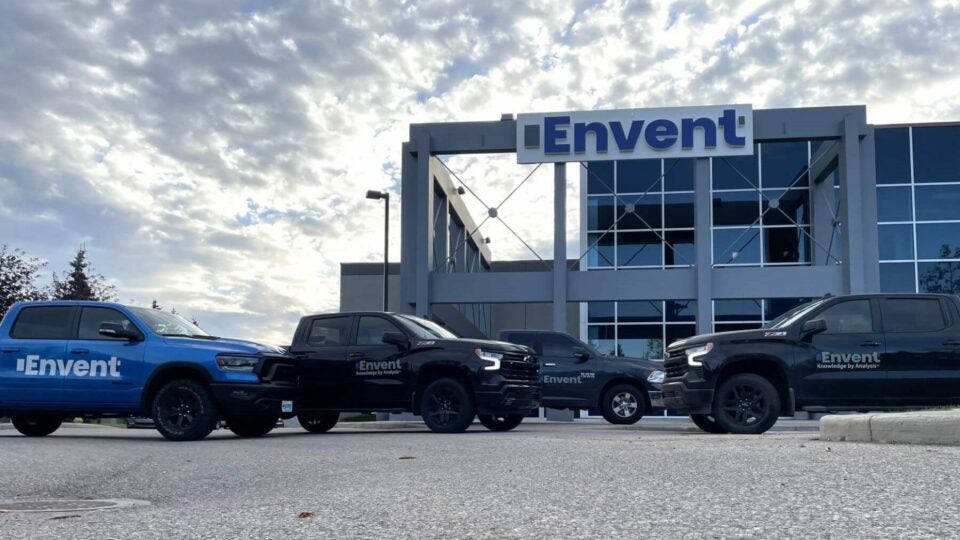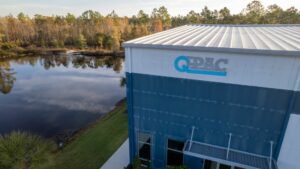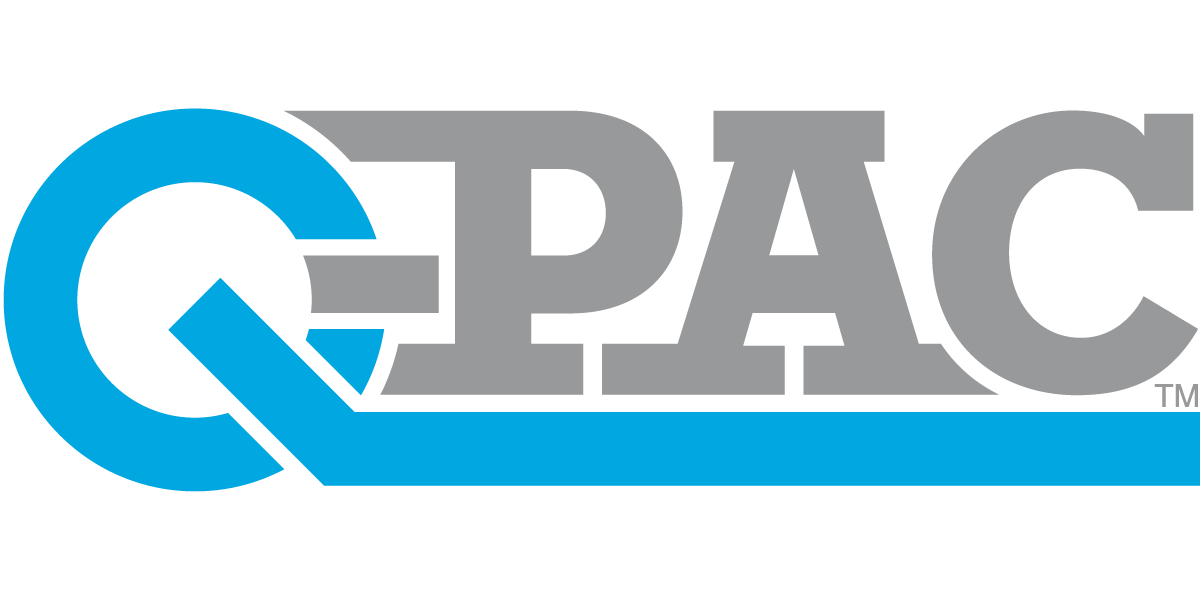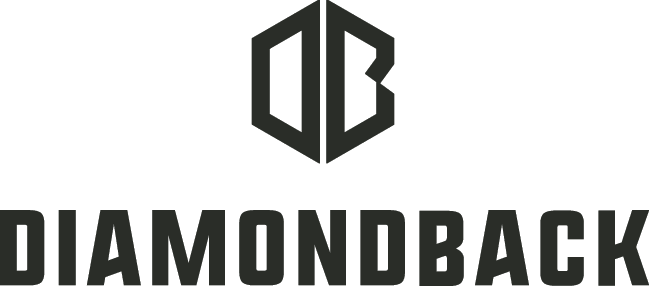CHALLENGES
Based in Calgary, Alberta, Canada, Envent Engineering designs, manufactures, sells, and
services analytical equipment that measures and analyzes levels of hydrogen sulfide, total sulfur,
methane, oxygen, carbon monoxide and moisture, primarily for the oil and natural gas industries.
In addition to its Calgary operations, the 20-year-old company has operations in Houston,
Texas; and offices in Mexico City, Mexico; Mumbai, India; and Beijing, China. Expansion
possibilities include additional offices in Brazil and Dubai.
“We have a good reputation for quality and making robust products that operate in the most
hostile areas of the world where they are not necessarily supervised,” says Andy Hodgson,
Envent Chief Executive Officer, who joined the company three years ago. “They just plug and
play, and customers often run them until they fail.”
“We write our own software. We write our own firmware, and we design and build just about
everything that goes into our analyzers except the enclosure or box that the analyzer goes in,
and the power supply.”
The company earned a stellar reputation and gained a market-leading position because it
makes and delivers high-quality analyzers in 10 to 14 weeks. Because analyzers are mostly
a tertiary product for its competitors, turnaround times for competitors are typically 52 weeks,
Hodgson says. “In addition to the quality of our products, we make a lot of sales because we
can deliver them faster.”
Sulfur analyzers are also known as “grudge buys” since governmental regulatory agencies
require oil and gas companies to have them. “They buy because they have to,” Hodgson says.
Envent’s manufacturing facility has attained ISO 9001:2015 certification and is COR-certified.
The manufacturer was founded by several engineers who operated it leanly with less than 15
employees for its first 15 years. Engineers focused on building a better mousetrap and making it
great. But five years ago, sales took off and the company has more than quadrupled since then.
“We’ve had just unprecedented growth in the last five years, and we’ve almost doubled
every year in terms of gross revenue and staff,” Hodgson says, adding that headcount has
surpassed 100
That fast growth, however, was hard to manage with the manual and rudimentary systems
Envent had in place. Those challenges were magnified when the pandemic hit, and supply
chains were disrupted.
“Just our availability alone gives us a huge market share, but we can only deliver on those
promises by having materials at-hand, having skilled labor at-hand, and having everything we need
in the right quantities at the right time to do proper quality-controlled assembly,” Hodgson says.
Rudimentary Systems
Three years ago, Hodgson was hired to modernize Envent and grow it into a mid-sized
firm. He quickly learned he faced a huge challenge. Like many engineering-led companies,
the executives focused more on building great products not back-office support systems.
Fundamental financial questions like product profit margins or number of units made took a lot
of work to acquire.
When he joined Envent, it had two locations, the headquarters in Calgary and an operation in
Houston, Texas. Each location was run separately, with different legacy accounting packages,
other siloed systems, and tons of spreadsheets and databases.
Procuring materials for manufacturing was rudimentary at best. “It’s almost embarrassing to
talk about,” Hodgson says. “The engineering team would literally stand around and say, ‘Well,
it’s gonna need one of these, and it’s gonna need one of these. And then when it was all built
according to what the engineering team thought it needed, they would do an as-built AutoCAD
drawing of it after-the-fact, and then figured out pricing.”
That’s right; determining actual costs happened after they agreed on a price with the customer.
“We’d have a real moving target of our actual profitability on these systems one by one,” he
says. “The records were so dubious that when someone wants to buy another system, it is
very, very hard to figure out what you sold them the first time.”
They simply relied on best guesses and collective memories in the absence of data. “That’s a
train wreck,” he says.
With mostly manual systems, information was historical and very anecdotal. “It was literally
clipboards hanging on nails on the wall and very primitive,” Hodgson says. “We were surviving
and had a pretty stable market share, but we weren’t growing. What was important was making
the product, not a profit.”
Hodgson’s first order of business was finding a modern financial system that could unite its two
locations, and then modernizing production, which was largely a made-to-order operation akin
to a custom clothes tailor, he says.
“It became very labor intensive to prepare financials for board meetings and quarterly reports,”
he says. “It was pretty much a bunch of spreadsheets, but really the back-of-the-napkin is
probably more accurate.”
Without a CRM, gathering data was difficult at best because each salesperson had their own
cobbled-together systems with data stored on cell phones. “It was quite primitive,” Hodgson
says. “It was very disorganized with very disparate systems. It is actually quite shocking how
this company had succeeded in spite of itself on many levels.”
Production Challenges
Procurement was complex because it took some 1,800 different parts to make an analyzer.
Some items required a six-month lead time, while others were in inventory. Such complexity
was hard to manage manually. When the company received an upswing in orders and started
carrying a backlog, they invested a lot of money in inventory.
“We were probably sitting on over $4 million of inventory and had another $3,000,000 on route at
any point in time in order to address some $8 million worth of booked orders,” Hodgson says.
Without a robust inventory system, “We had an abundance of some things – probably a 10-year
supply of some items and a two-week supply of other things.”
Like others worldwide, Envent encountered supply chain issues during the pandemic, most
importantly with micro-processors, and had to turn to the grey market while also dealing with
scarcity issues and escalating costs. “Items that used to cost $13 started costing $1,300,”
Hodgson says. “Those issues quickly eat into your gross margin rapidly.”
“Everyone knew that we had to do something differently in order to succeed, and so the
appetite was there for a new platform,” Hodgson says. “The appetite was also there with our
younger workforce members. These were the 22-year-old engineers who were appalled at the
kind of banging-rocks-together-to-make-sparks level of technology we were using.”
 Canada (English)
Canada (English)
 Columbia
Columbia
 Caribbean and Puerto Rico
Caribbean and Puerto Rico
 Ecuador
Ecuador
 India
India
 Indonesia
Indonesia
 Ireland
Ireland
 Malasya
Malasya
 Mexico
Mexico
 Panama
Panama
 Peru
Peru
 Philippines
Philippines
 Singapore
Singapore
 South Africa
South Africa
 Sri-Lanka
Sri-Lanka
 Thailand
Thailand
 United Kingdom
United Kingdom
 United States
United States








